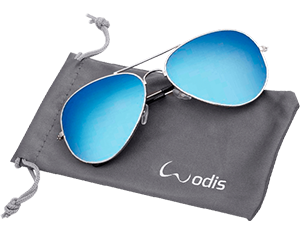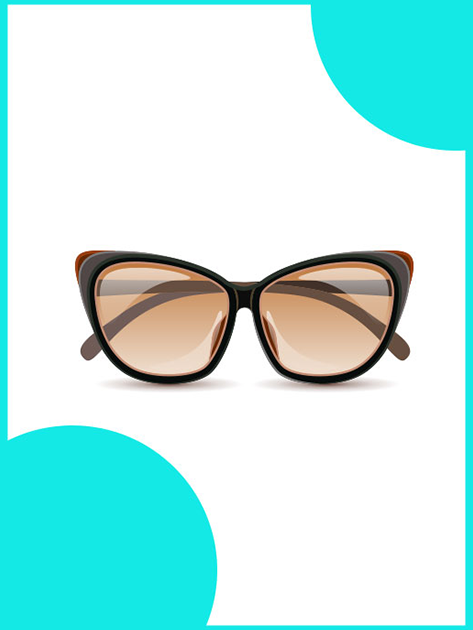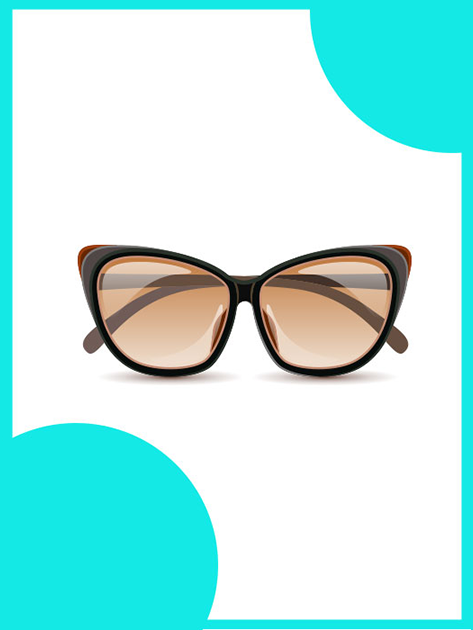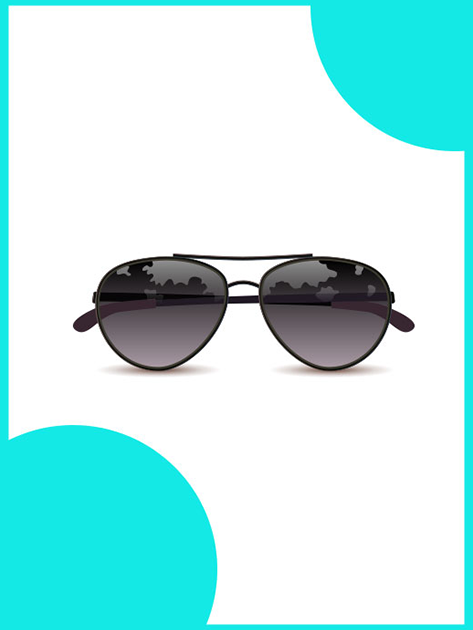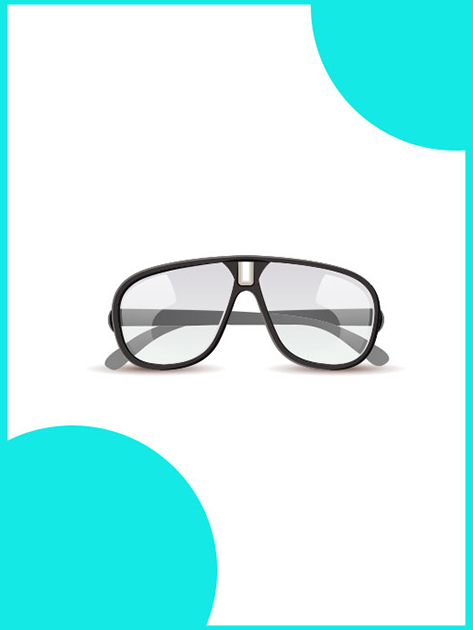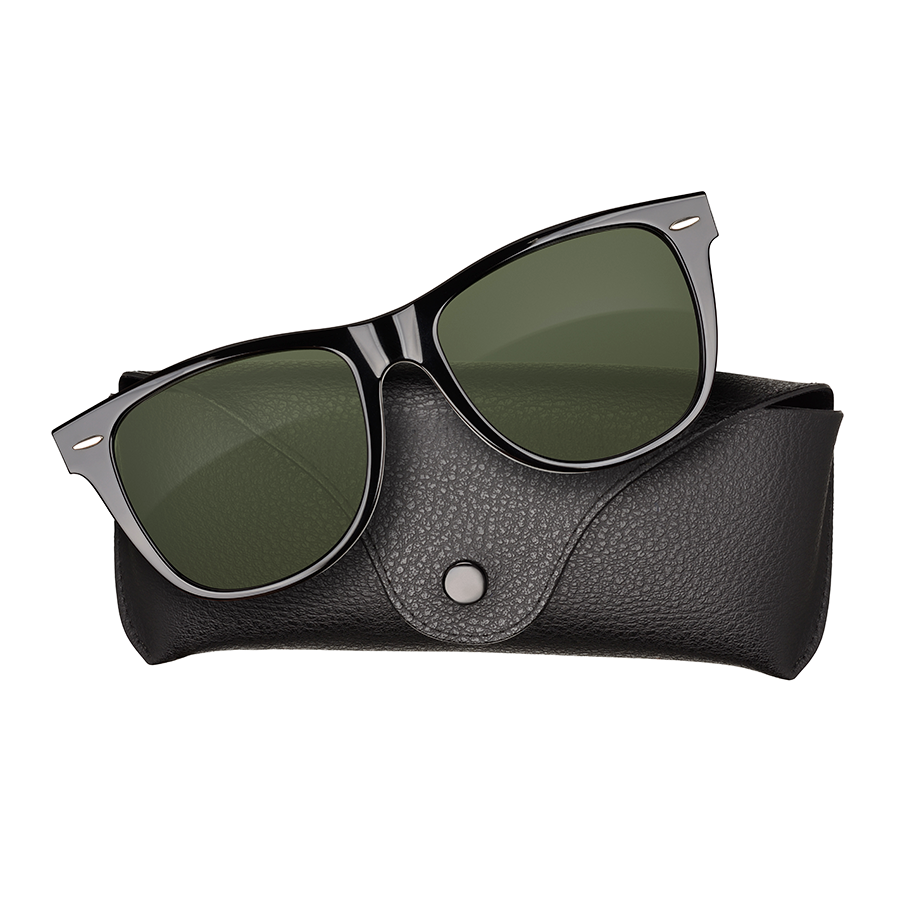

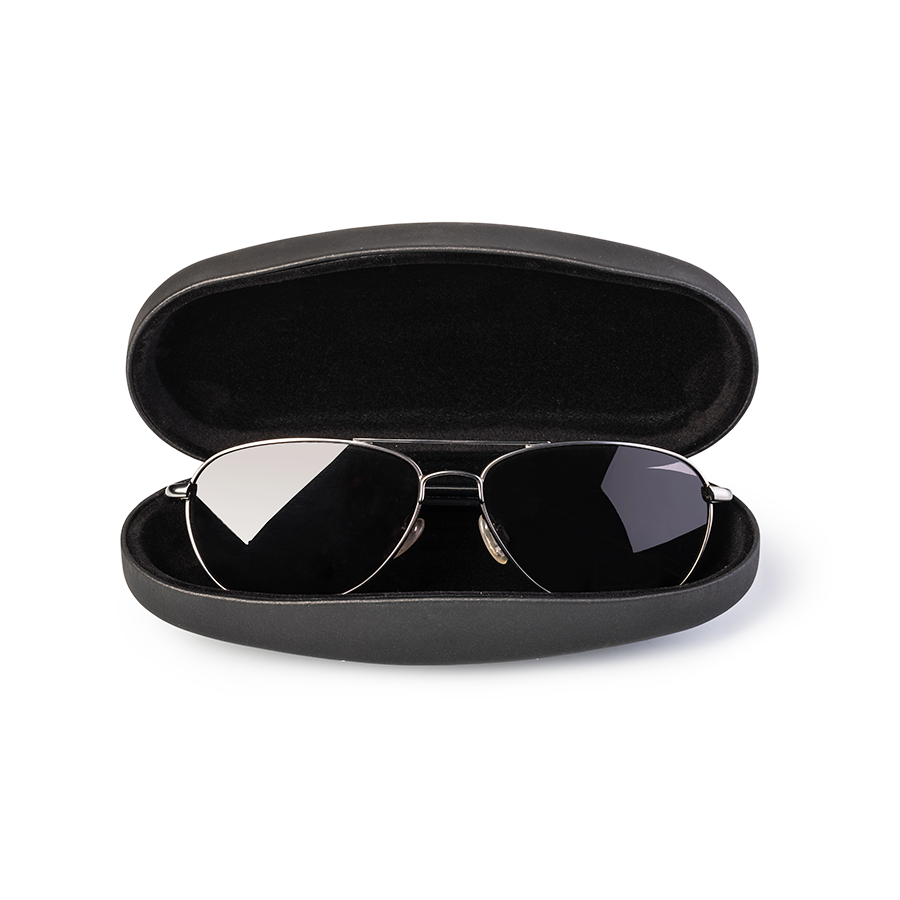
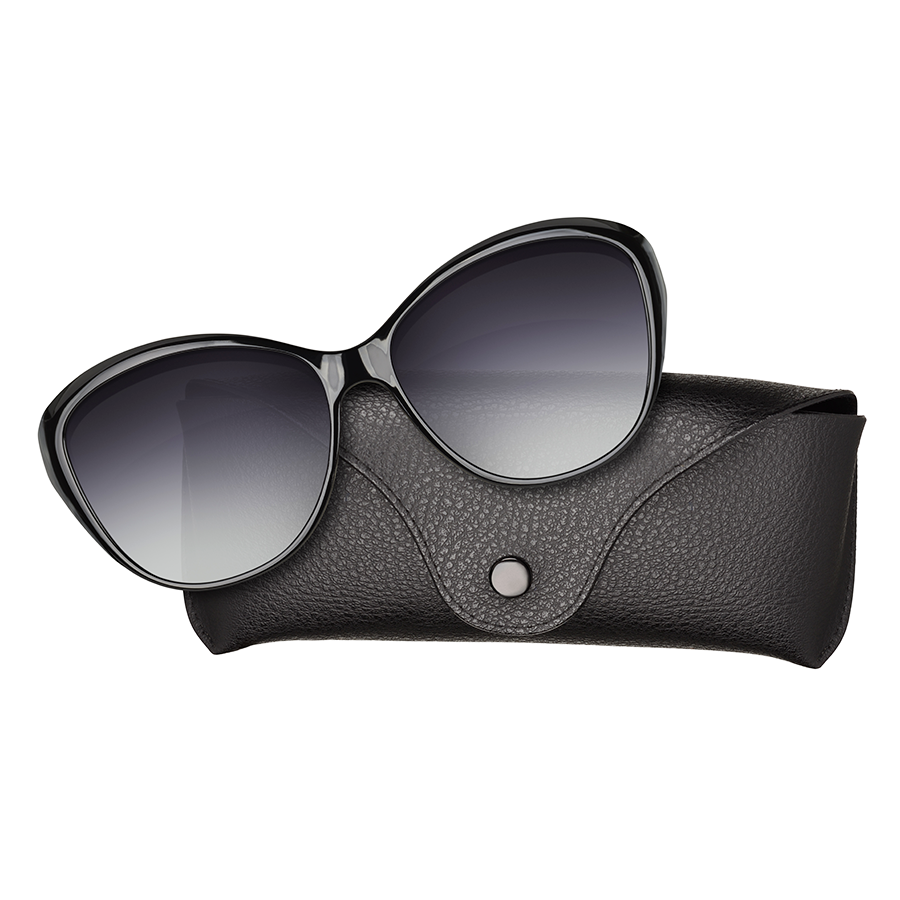
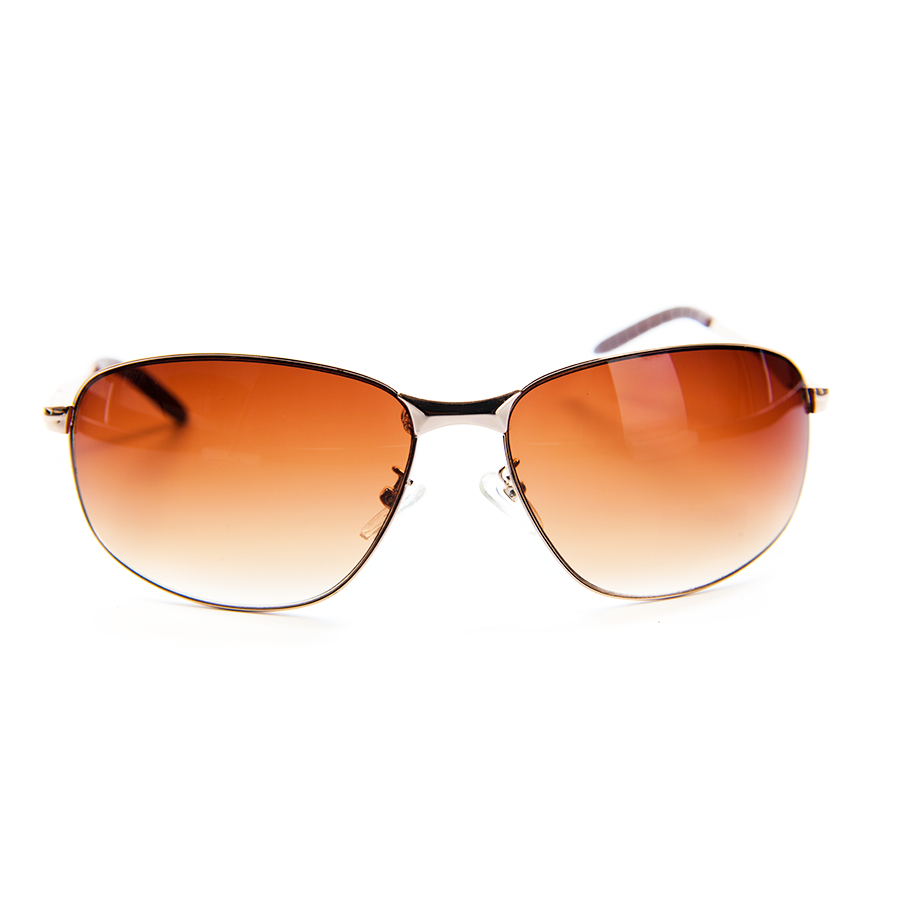
CLUBMASTER
While non-tinted glasses are very rarely worn without the practical purpose of correcting eyesight or protecting one's eyes sunglasses have become popular for several further reasons and are sometimes worn even indoors.
days
hours
mins
secs
-
Pay with card and get perks
Fashion trends can be another reason for wearing sunglasses.
-
Buy 2 and get 1 free TODAY!
People may also wear sunglasses to hide an abnormal appearance.
-
Exclusive Offers up to 80%
Lawbreakers have been known to wear sunglasses.
-
Trendy and stylish designer sunglasses
Sunglasses sold in the United States are regulated by the Food and Drug Administration and are required to conform to safety standards. The U.S. standard is ANSI Z80.3-2001 which includes three transmittance categories. According to this standard, the lens should have a UVB 280 to 315 nm transmittance of no more than one per cent and a UVA 315 to 380 nm transmittance of no more than 0.3 times the visual light transmittance.
| Brand Name | CLUBMASTER |
| Model Number | TDK1238 |
| Size | 29er *5inch, 29er* |
| Weight | 100g +- 50g |
| Material | 100% Plastic |
-
When driving a vehicle, particularly at high speed, dazzling glare caused by a low Sun, or by lights reflecting off snow, puddles, other vehicles, or even the front of the vehicle, can be lethal. Sunglasses can protect against glare when driving. Two criteria must be met: vision must be clear, and the glasses must let sufficient light get to the eyes for the driving conditions. General-purpose sunglasses may be too dark, or otherwise unsuitable for driving.
-
The Automobile Association and the Federation of Manufacturing Opticians have produced guidance for selection of sunglasses for driving. Variable tint or photochromic lenses increase their optical density when exposed to UV light, reverting to their clear state when the UV brightness decreases. Car windscreens filter out UV light slowing and limiting the reaction of the lenses and making them unsuitable for driving as they could become too dark or too light for the conditions.
-
Lenses of fixed tint are graded according to the optical density of the tint; in the UK sunglasses must be labelled and show the filter category number. Lenses with light transmission less than 75% are unsuitable for night driving, and lenses with light transmission less than 8% category 4 are unsuitable for driving at any time; they should by UK law be labelled 'Not suitable for driving and road use'. Yellow tinted lenses are also not recommended for night use.
-
Kayson Haley
Graduated lenses, with the bottom part lighter than the top, can make it easier to see the controls within the car. All sunglasses should be marked as meeting the standard for the region where sold. An anti-reflection coating is recommended, and a hard coating to protect the lenses from scratches. Sunglasses with deep side arms can block side, or peripheral, vision and are not recommended for driving.
-
Aliza Franklin
Even though some of these glasses are proven good enough for driving at night, it is strongly recommended not to do so, due to the changes in a wide variety of light intensities, especially while using yellow tinted protection glasses. The main purpose of these glasses are to protect the wearer from dust and smog particles entering into the eyes while driving at high speeds.
-
Arabella Samuels
Many of the criteria for sunglasses worn when piloting an aircraft are similar to those for land vehicles. Protection against UV radiation is more important, as its intensity increases with altitude. Polarised glasses are undesirable as aircraft windscreens are often polarised, intentionally or unintentionally, showing Moiré patterns on looking through the windscreen; and some LCDs used by instruments emit polarised light, and can dim or disappear when the pilot turns to look at them.
Related Products
Designed with your total eyewear experience in mind
